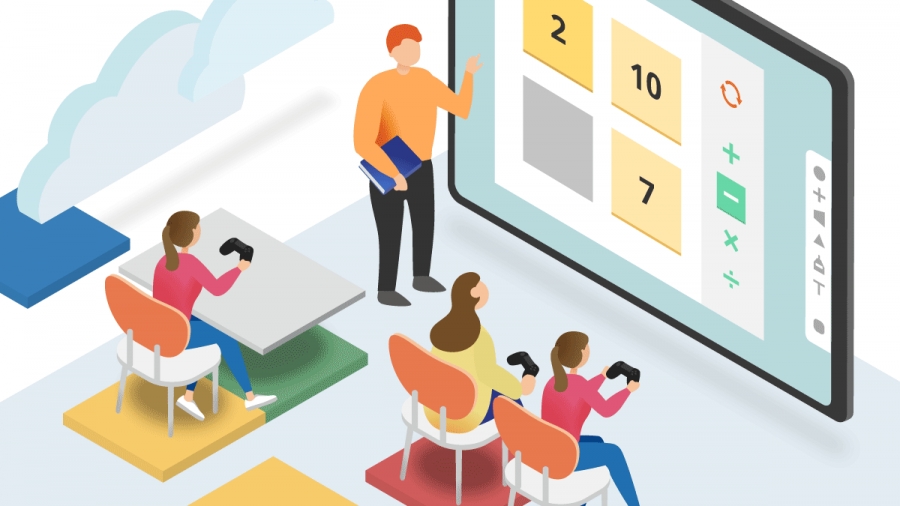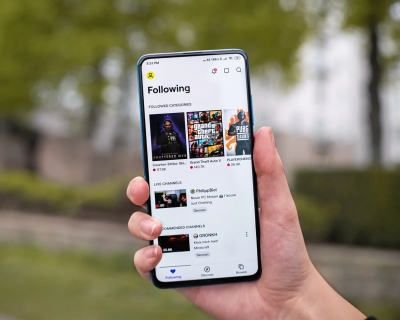Many teachers are trying to go beyond traditional learning methods in their everyday practices. The reason for such an action is understandable. Old methods of learning are losing their reputation due to often discouraging students. Therefore, something new becomes more or less essential. In this review, we shall look at the issue of gamification in education. A rather large set of tools exists in this regard that can bring about long-term positive results. If you want to learn more about them, read further, and get a lot of interesting information. We shall answer every question you might potentially want to know.
What is gamification?
Gamification is a process of adding game-like elements into education. Yes, the approach is exactly what it says on the tin. You can take something that you typically see in any competitive game (including the computer ones) and then add it to education. For example, instead of assigning points for something, the approach would enable you to create a set of badges and computer-game-like 'achievements' for the students. The best research in class, for example, can get some form of a prize (for instance, a 'gold' medal). These elements can be both competitive and personal. What is important is creating a feeling that education is akin to a game rather than the traditional evaluation-centric activity.
How can gamification benefit education?
Gamification can benefit education in a rather potent and positive way. Here are some of the most interesting ways:
- It greatly raises motivation: in many cases, gamification helps attract people to learning. They start to feel that education is not about getting a boring career in the future and then retiring with a good pension account. Instead, it becomes a creative field where talented individuals can have some significant achievements. Many scientists note that their learning primarily stemmed from the ability to be almost childlike in the process of studying.
- It promotes competition: in many cases, scores are seen as overly subjective. People, thus, can be disengaged from learning in a large variety of situations. Achievements of various kinds, however, are much more concrete. You typically understand how to get them. Therefore, many people may see the race towards getting some prize as legitimate.
- It removes toxicity in terms of learner pressure: one of the key things that we hear from learners is that they often don't feel very comfortable while learning. For them, the process is associated with the constant pressure from the outside to succeed at any cost. Gamification elements remove the subjective assessments that often plague education and give many people a chance to do something different and novel. The debilitating pressure of having to get the highest mark at any cost slowly and rather efficiently disappears in this case, giving way to something more progressive.
- It allows setting more elaborate tasks: achievements remove the rigid assessments of the past, supplanting them with a novel method. In this way, you can deliver some tasks that are much more elaborate than those traditionally used.
Conclusion
All in all, this information rather clearly means that modern experts in education should carefully consider gamification. This process is of great interest for a wide variety of reasons. It can make classes more interesting and raise the number of ways in which an educator can assess the learners' knowledge. In this light, the more you do to implement such methods, the better. They're the true way to get ahead in education quality today. If you need any help in this regard, we recommend addressing KeenEthics, an IT expert company that also deals with gamification issues.






